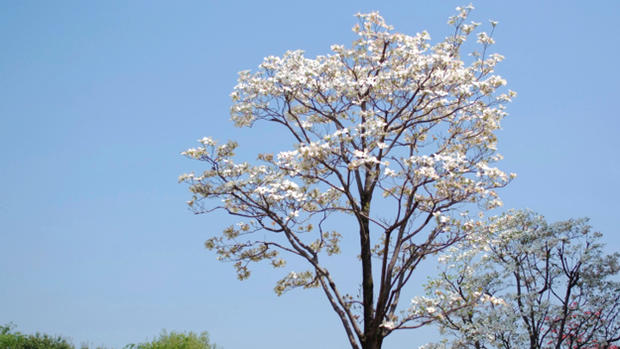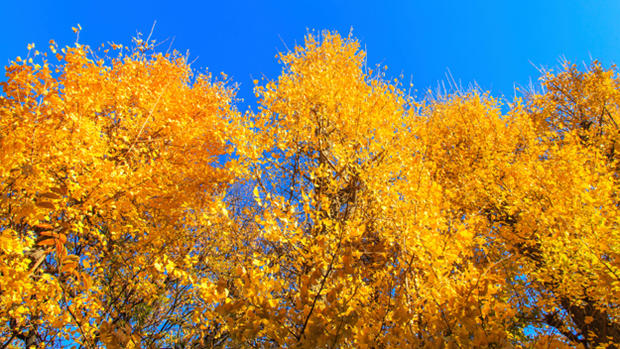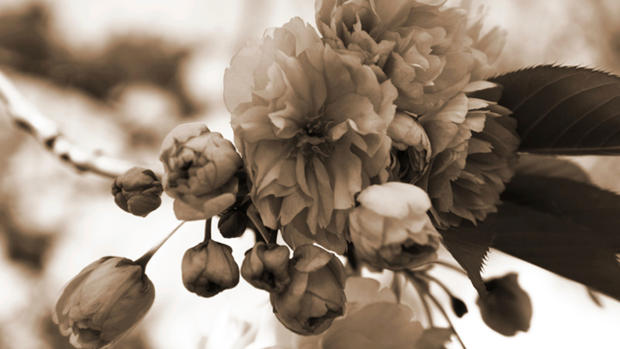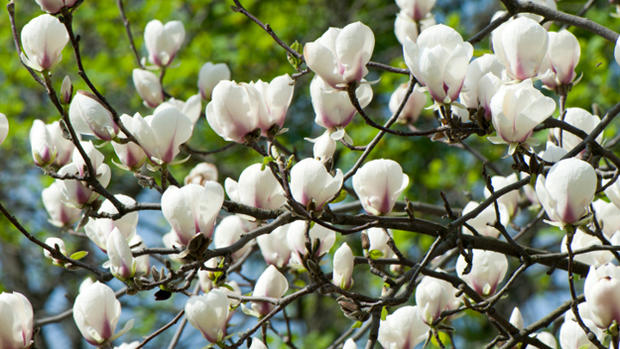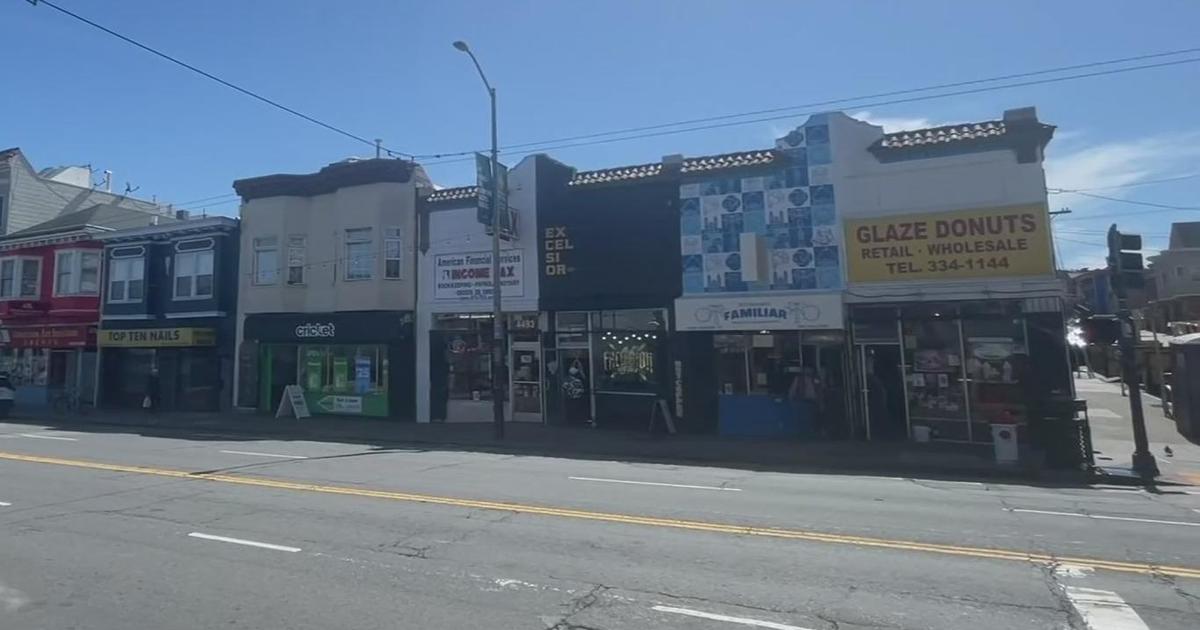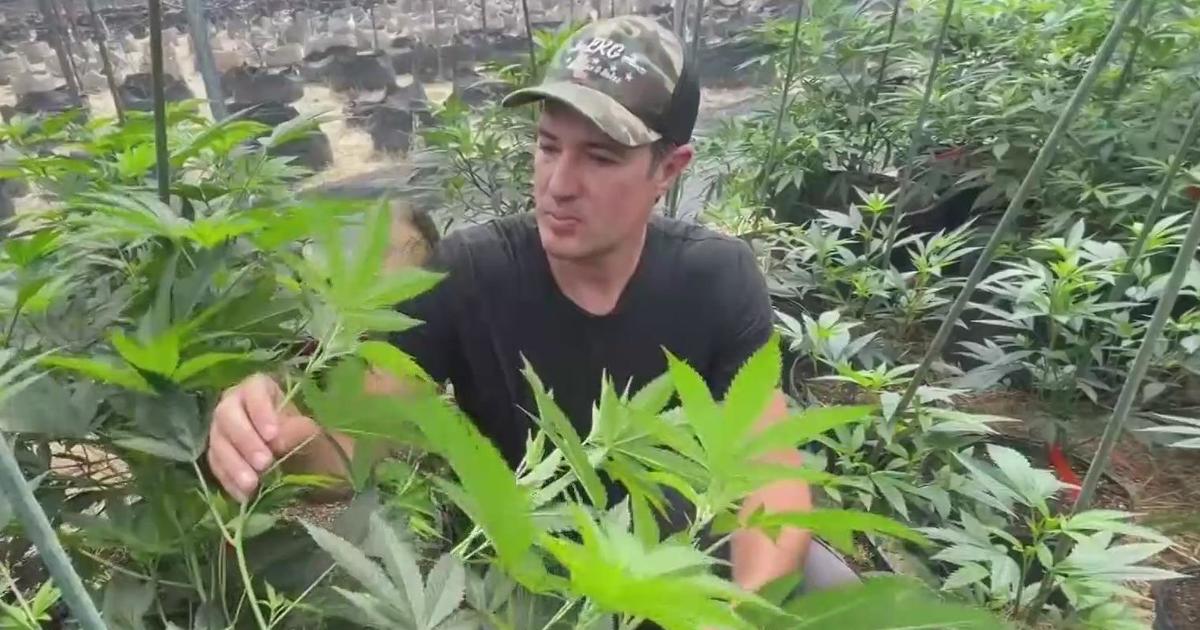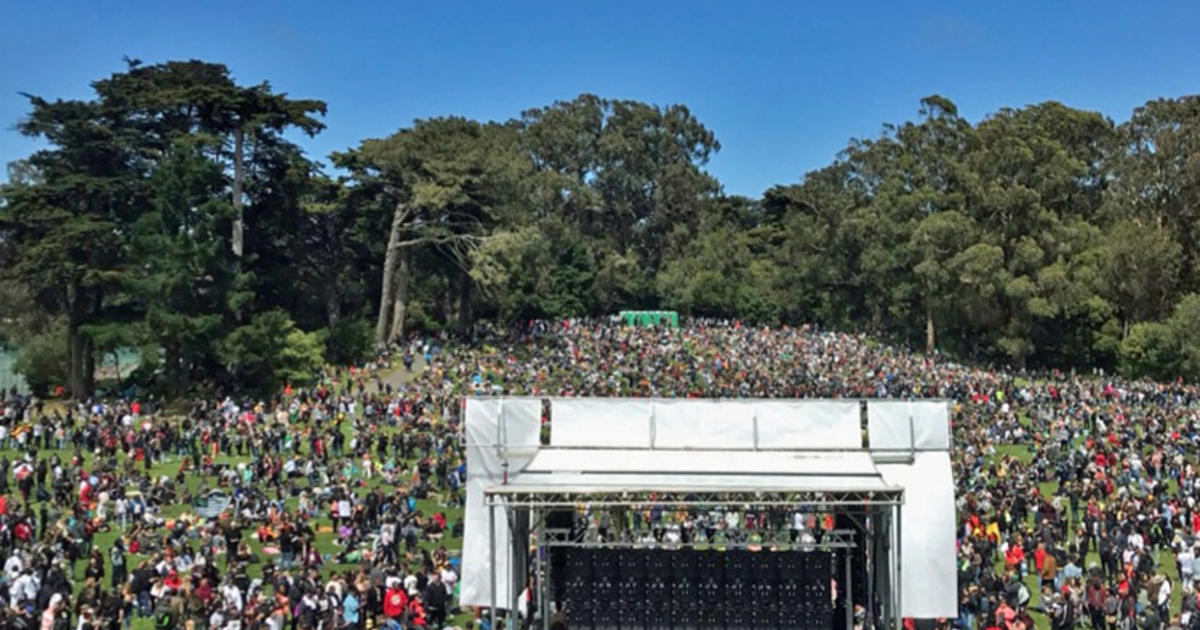Earth Day 2015: How Much Do Trees Cost?
Staci Giordullo started writing for Angie's List in 2007, and as a senior writer, focuses primarily on topics involving real estate, insurance and home interiors.
Trees can add value to your property while reducing heating and cooling costs — sounds good, doesn’t it?
According to the U.S. Forest Service, strategically placed trees save up to 56 percent on annual A/C costs, while evergreens that block winter winds can save 3 percent on heating.
Determining what trees will work best in your landscape depends on where you live and what hardiness zone that area is located.
“We prefer to use native plants in our landscapes where possible,” says Alden Zove, president of Cedar Run Landscapes in North Wales, Pennsylvania. “These help to nourish the local wildlife, and tend to have less insect and disease issues.”
But what will it cost you? Tree prices vary according to their type and size; so before you go and buy just anything with leaves, check out what highly rated landscapers recommended as some popular residential options.
(Note: The prices listed throughout are the average cost of a tree if you were to pick it up and plant it yourself. To have a nursery or landscaper deliver the tree and plant it —which is recommended for the tree’s success — add roughly $100 to $500 to the cost. If you purchase trees in bulk to be delivered, you can often receive discounted installation fees.)
American Arborvitae
(Genus, Thuja occidentalis)
Zones: 3-7
Growth rate: Slow to medium, with height increases of anywhere from less than 12 inches to 24 inches a year
Cost: 6 feet, $50
This evergreen acts as a great hedge, growing in a narrow, pyramid shape. It’s a practical option, requiring little to no maintenance, and is ideal for a privacy screen or a windbreak. Homeowners also use this versatile specimen to soften house corners and accent doors or garden gates. It’s also commonly known as white cedar.
Dogwood
(Cornus florida)
Zones: 5-9
Growth rate: Medium, with height increases of 13 to 24 inches a year.
Cost: 4-6 feet, $150-$200
One of the most popular trees in a residential landscape, the dogwood (whether it be white, pink or red) is considered an ornamental and a flowering tree. It blooms in April and May, and then features dark green leaves throughout the summer. In the fall, the leaves turn red or reddish purple. Due to it’s medium-sized stature and infamous blooms, it’s ideal to plant next to a structure or patio where it’s easy to view and enjoy.
“It offers four seasons of interest and berries for the birds,” Zove says. “But site selection is important to avoid disease.”
Dogwoods are susceptible to a number of insect and disease problems, so it’s important to select a disease-resistant variety (such as C. Kouso) and choose a location that has strong morning sun, afternoon shade and well-drained soil.
Eastern White Pine
(Pinus strobus)
Zones: 3-8
Growth rate: Fast, with height increases of 3 feet a year (from years 1 to 3, except slower growth)
Cost: 5 feet, $60; 12 feet, $150
This evergreen is best suited for spacious yards, as it needs ample room to mature. A native species, it can grow to 80-feet tall and 20- to 40-feet wide. The eastern white pine works well for a windbreak — an area with rows of trees designed to lessen the impact of wind — while black bears, rabbits, red squirrels and many birds favor the seeds. It has a low tolerance to air pollution, soil compaction and road salt.
Ginkgo
(Ginkgo biloba)
Zones: 3-8
Growth rate: Medium, with height increases of 13 to 24 inches a year.
Cost: 4 feet, $100
With unique fan-shaped leaves that turn a bright yellow hue in the fall, the ginkgo certainly is distinctive. This deciduous tree tolerates heat, air pollution and soil salt and works well in urban settings. It’s also commonly known as a maidenhair tree.
“You want to be sure to plant a male variety, because the fruit of the female tree has a bad odor,” says Ann Pender, co-owner of Classic Gardens & Landscape in Birmingham, Alabama, noting that most trees (not including the ginkgo) are both male and female, which is determined by a tree’s flower and pollination process. “It also predates the ice age. That’s just another way of saying you can’t kill it.”
Kanzan Cherry
(Prunus serrulata ‘Kanzan’)
Zones: 5-9
Growth rate: Medium, with height increases of 13 to 24 inches a year.
Cost: 15-gallon container, $150
While a variety of cherry trees are often found in residential landscapes, the Kanzan is the most popular cultivar of all the double flowering cherries. The pink blooms appear in April through May, then the leaves turn a dark green by summer and yellow, orange or bronze in the fall.
This fruitless variety doesn’t attract wildlife, and is somewhat drought-tolerant. It also has a shorter lifespan of only 15 to 25 years.
Little Gem Magnolia
(Magnolia grandiflora ‘Little Gem’)
Zones: 5-9
Growth rate: Medium to fast, with height increases of 24 inches or more a year.
Cost: 5 feet, $150; 12 feet, $400-$500
This magnolia’s famous creamy white flowers are now available from a smaller version of the tree. “Regular magnolias grow to 60 feet, making them for large properties only,” Pender says. “Little Gems grow to about 25 feet, making them ideal for smaller properties.”
She also adds that a regular magnolia doesn’t start blooming until it’s 15 years old, and then for only four weeks. “A Little Gem blooms the first year you plant it, from June till Thanksgiving.”
For more Environmental news and information from CBS Local, click here.
This article originally ran on AngieList.com.


